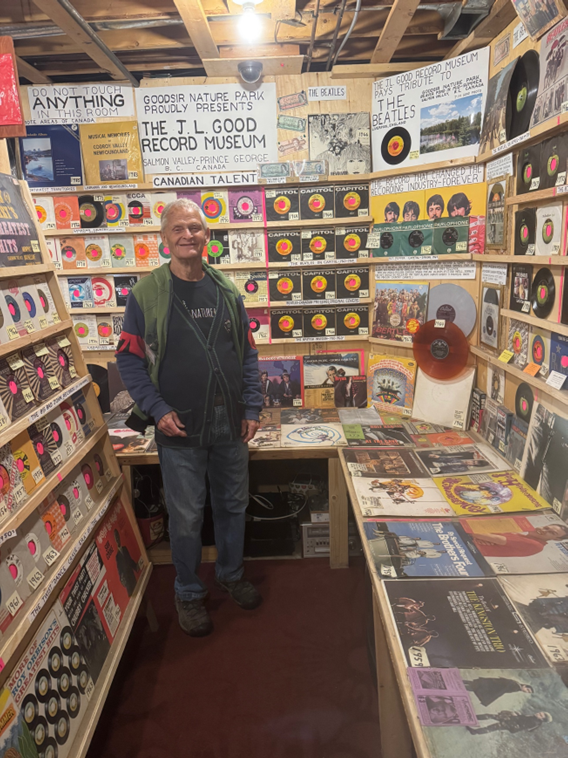If you are anything like me, waking up and looking outside the window to check the weather is a normal part of my morning routine: this information will dictate what clothes I wear, what activities I can perform, and where I am able (or want) to travel. We all know how uplifting and happy a warm summer day can be for our mood. On the opposite end of the spectrum, we all know how a dark snowy winter day can be both unmotivating and gloomy. Similarly, have you ever had a morning that somehow feels more melancholy, as if the dark clouds and rain enhance the feelings of lethargy and exhaustion you were already feeling as you woke up? I use this as an extremely rough example of what an individual with SAD may be experiencing for extended amounts of time (2 weeks or more).
Though it is more prevalent in women, Seasonal Affective Disorder is a type of subset of mood disorders that affects approximately 2% to 3% of the general population. Some research found that women may be up to nine times more likely to be diagnosed than men. This type of depression is thought to be related to the amount of sunlight you are exposed to, and for this reason, it comes and goes with the seasons. It makes sense then that it is more prevalent in northern climates (away from the equator) where fall and winter seasons have less sunlight than in the spring and summer. This being said, seasonal affective disorder episodes are not isolated solely to winter months and can occur during the spring or summer.
If some of the feelings I am about to list seem to happen each year, have a real impact on your life, and improve during certain seasons, talk to your doctor. If you notice you are: sleeping all the time or having difficulty getting quality sleep; having appetite changes (e.g. cravings, binging); gaining weight; feeling sad, hopeless, guilty, tense, stressed and down on yourself; irritable; avoiding people or activities that you used to enjoy; and feeling tired to the point where you no longer are able to carry out daily tasks, you should likely book an appointment with a helping professional. Your doctor can help rule out any other causes for your symptoms, like thyroid problems or other types of depression. For this reason, it is imperative not to diagnose yourself without consulting your doctor first.
There are a variety of treatment options for individuals suffering from seasonal affective disorder, including light therapy (phototherapy) which involves sitting proximal to a special kind of light for about half an hour a day. The intense artificial light causes a chemical change in the brain that improves mood and helps relieve SAD symptoms. Although it has a 60% – 80% success rate with SAD patients, there are also certain side effects associated with this technique, including eye strain, headaches, nausea, and agitation.
Other treatments for SAD include pharmacotherapy (medications); psychoeducation (or self-help); psychotherapy/counselling; and brain intervention therapies, such as electroconvulsive therapy (ECT), repetitive transcranial magnetic stimulation (rTMS) and magnetic seizure therapy (MST). These treatments may be used individually or in combination for the best results.
In order to try to ease some of these symptoms for my fellow sufferers, here are some tips: try spending time outside and making it a habit. For example, make it a goal to take the dog for an hour walk every day when the sun is up. Move your furniture and keep the curtains open so that you maximize the amount of light that enters your house. Add light sources to your living areas such as lamps, skylights and mirrors, so that even if you can’t be proximal to a window you can be proximal to other light. Self-awareness can alleviate some of the feelings of distress during these seasons. Be aware of your moods and energy level and attempt to maintain perspective – an easy way to keep track is to keep a mood journal or download an app with the same functions.
If you are experiencing feelings that are greater than mild depression, do not be afraid to ask for help. Talk to your friends, your family, and your doctor. Using your support network can help decrease your feelings of isolation or depression – you are not alone.





